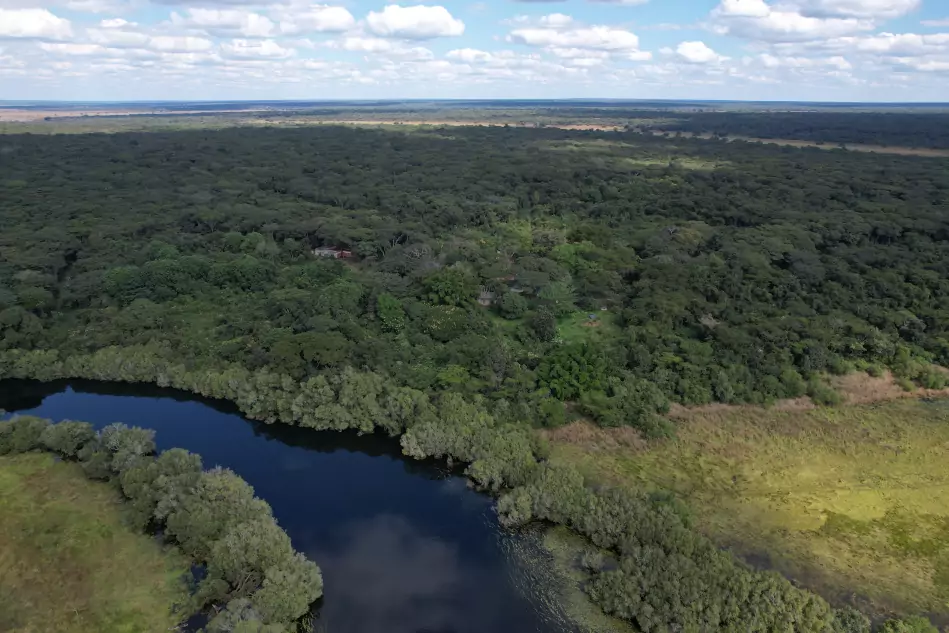Miombo Woodland
The Miombo Woodland is a vast 'dry' rain forest in south central Africa and the largest contiguous ecosystem on the African continent. It is home to a wide variety of wildlife, including many large mammals and in the region generally it directly supports many millions of the human population with its abundant natural resources including food, fresh water, medicines, shelter & building materials, subsistence farming and fire wood & charcoal.
The forest area extends from Angola, into southern parts the Democratic Republic of Congo, throughout northern and central Zambia, the western part of Tanzania, southern Burundi, and northwestern Malawi. The vast forest area is interspersed with riverbank dambos (grassy wetland aquifers) which create varied riverine habitats in addition to the Miombo woodlands.
The fauna and flora are diverse. The grasses, shrubs and trees provide habitat for many small and large animals. . The Miombo forests in Zambia are home primarily to a wide variety of wildlife including antelopes, baboons, monkeys, other small primates, rodent, reptile and bird. Chimfunshi protects this unique habitat over an area of approximately 4,200 Ha.

Kafue River
The Kafue River is the most important tributary of the Zambezi River and the most socio-economically important river in Zambia with a length of 960 km. The Kafue rises at an altitude of 1350 meters not far from Chimfunshi, just south of the border between Zambia and the Democratic Republic of Congo in the Copperbelt region. The upper course of the Kafue, which has the character of a mature river after only 50 kilometers, is the border river of Chimfunshi.
In the rainy season, the Upper Kafue reaches a width of 100 meters with a flood plain 1 to 2 km wide. The river water serves farms and settlements as a source of irrigation and drinking water. The rich fish stocks are an important source of food for the population - and the Kafue River at Chimfunshi is a vitally important natural bird breeding area.
However, illegal fishing, overfishing, destructive fishing methods such as the use of fish poisons and explosives are severely affecting the Kafue. Important and previously abundant fish stocks are in danger. Chimfunshi feels a responsibility to protect and conserve the immensely important water and wetland resources of the Kafue.
